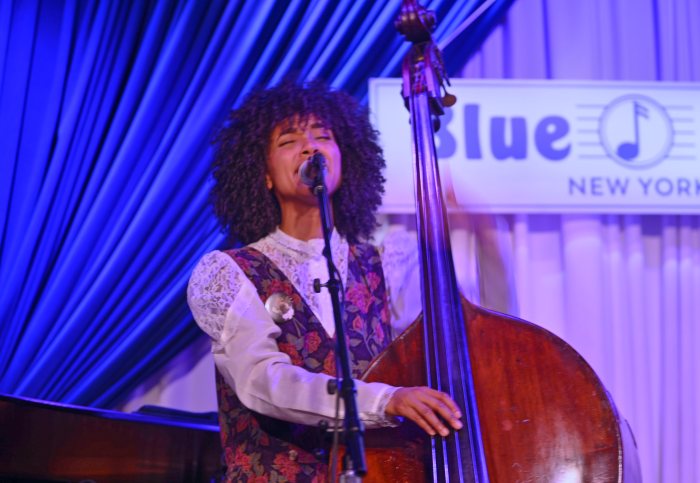Personal stories. Critical takedowns. Appreciations of cover art. Star treatment for recording engineers.
It seems like the 33 1/3 series of books, each of which takes an in-depth look at a single album from every angle, is so diverse that there’s little connecting individual titles beyond the series to which they belong.
But looking at the line of stories, anecdotes and detailed analysis as a whole, there are patterns that emerge. For writers interested in creating an ode to a favorite album, it might be good to take a look at what Ally Jane Grossan, the Popular Music Editor at Bloomsbury, says binds the series together.
What can we derive makes for a good entry?
Make it personal.
“There’s a human being writing about the album. Some of the books are very straightforward, but each of the books reflects some sort of relationship between the writer and the album — where they were when they first heard it, what it meant to them. We do an open call for new proposals, and there are so many proposals that begin like, ‘It was a dank Tuesday night when I sat in my friend’s basement, listening to records, and there was a big thunk on the record player and out came [insert album].’ The common theme is a sprinkling of personal experience.”
The writing comes first.
“The most important thing is the writing. I’m reading 400 of them, and it’s very clear which 80 or 100 proposals leap out as books that I would want to read — whether they’re about albums I like or not. Sometimes, they’re albums I’ve never heard of. The most important thing is the quality of the writing and a story that hasn’t been told.”
Critics welcome.
“The most successful book in the series is Carl Wilson’s book on Celine Dion, which sort of interrogates the album in a way no one else has before. Carl’s specific thesis is that he doesn’t like Celine Dion and likes music so how does he reconcile being such a music fan, and how does he deserve to hate Dion, who’s one of the most successful artists of all time? While that’s a particularly interesting angle, those are the [stories] that are the most successful.”





































